Podcast Bonus: High Scoring Roses for Most of the United States
We like to check in with Master Rosarian Charlotte Owendyk of the Sierra Foothills Rose Society, to find out which roses have captured her fancy in the last year or two. And beyond that, which roses she recommends because they can be easy to grow in a variety of climates. The Sierra Foothill Rose Society, after all, has California members from near sea level in Sacramento and Roseville all the way up to Lake Tahoe, more than a mile up in the Sierra Nevada mountains. Is there a rose that can be grown in such varied climates? Sure enough, Owendyk has a list that she likes to call, “Bulletproof Roses”.
Owendyk didn’t hesitate to respond about her favorite, widely adaptable rose. “One rose that can really take the heat and the cold is ‘Distant Drums’, which has a very distinct coloration,” she says. “The petals are apricot-colored in the center, surrounded by lavender on the outer petals. It’s hardy down to USDA Zone 4, and has a wonderful strong scent with great disease resistance.”
We here are considered to be in USDA Zone 9, where winter lows seldom drop below the upper 20’s. USDA Zone 4, on the other hand, has seen lows dip down to 31 below zero in the winter. Yet, ‘Distant Drums’ can do well for your aunt and uncle in North Dakota. Lake Tahoe (USDA Zone 6) is relatively balmy in comparison, where January overnight lows average about 26 degrees above zero.
Another top performing rose for most of the United States, according to Owendyk is the floribunda rose, ‘Iceberg”, and its close relative ‘Burgundy Iceberg’. Floribunda roses are noted for their massive, long-lasting, colorful displays of large clusters of white flowers.
However, when it comes to a quick turnaround for getting new blossoms, nothing beats “Secret”, says Owendyk. “Normally, hybrid tea roses take five or six weeks to rebloom after deadheading,” says Owendyk. “For ‘Secret’, it’s only four to five weeks. That’s why it’s one of my favorite roses. Plus, it’s very fragrant.”
Other rose varieties that Owendyk is fond of in 2022, the ones she recommends for rose growers across the country, include:
• “Belinda’s Dream”, a shrub rose (“A tough, soft pink rose, with great disease and heat resistance” says Owendyk.)
• “Cinco De Mayo” (“Wonderful ruffled, smoky lavender flowers”).
• “Lyda Rose” (“The flowers look like apple blossoms, absolutely stunning”).
• ”Gemini” (“This All-America hybrid tea rose winner is very vigorous, with coral-and-cream colored petals”).
• “Memorial Day” (“Extremely fragrant rose that blooms all summer, plus the canes don’t have many prickles or thorns”).
• “Sally Holmes” (“A shrub rose that can get seven feet tall and is tolerant of some shade”).
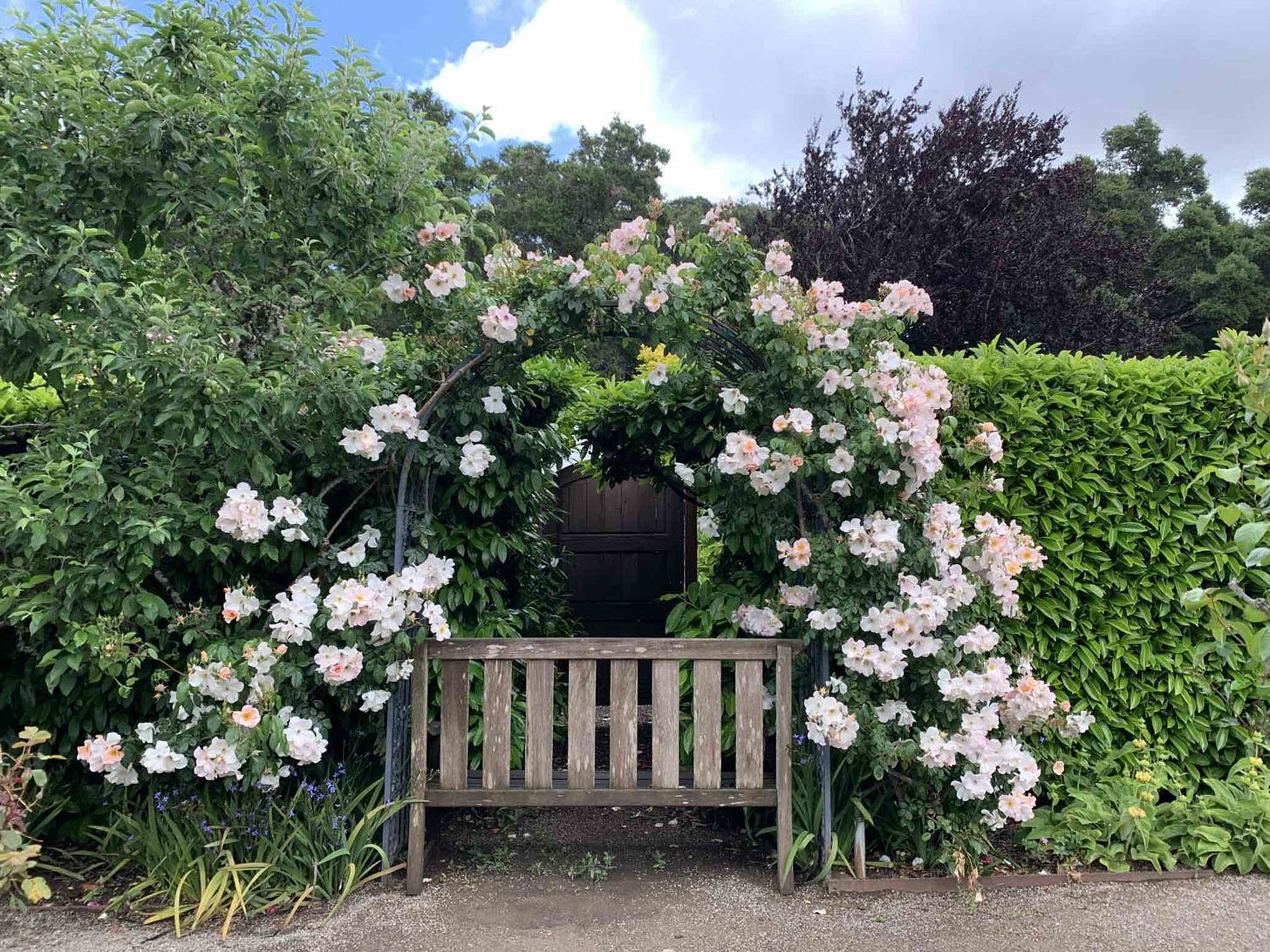
Other honorable mentions in Owendyk’s list of roses for everyone include “Betty Boop”, “Dick Clark”, Cherry Parfait“, “Julia Child”, “Marilyn Monroe”, “Playgirl”, “Rock N Roll”, and “Quietness”.
“Floribunda? What’s That?” A Modern Rose Glossary
Master Rosarian Charlotte Owendyk and I talked rose pruning in Episode 162 of the “Garden Basics with Farmer Fred” podcast. The episode may have had you wishing for The American Rose Society’s “Handbook for Selecting Roses” , a great, pocket-sized encyclopedia of roses, and rose information, perfect for anyone shopping for good rose varieties. Plus, it has a lot of handy definitions when trying to decipher head-scratching questions such as, “What’s the difference between a floribunda and a grandiflora rose?” Here then, is a brief glossary of rose varieties, courtesy of the ARS:
GRANDIFLORA ROSE
In 1954, the introduction of a rose crossing between the ‘Charlotte Armstrong’ (a hybrid tea rose) and the floribunda rose, ‘Floradora’, resulted in a flower with carmine rose and dawn pink coloration. The cross had the characteristics of a hybrid tea rose, but also the ability to bear clusters or trusses and grow to a commanding height of six to eight feet or more. Thus, the class of Grandiflora was born. The first Grandiflora was named “Queen Elizabeth” in honor of the (at the time) very young queen of England.
FLORIBUNDA ROSE
The floribunda class of roses is characterized by its profuse ability to bear flowers in large clusters or trusses with more than one bloom in flower at any one time. Floribundas provide massive, colorful, long-lasting garden displays. Floribundas have the edge on hybrid tea roses. Hybrid teas bloom in cycles every six or seven weeks. Floribundas, on the other hand, can bloom continuously. One standout floribunda, with an ARS rating of 8.6, is ‘Lavaglut’.

HYBRID TEA ROSES
Probably the most recognizable class of roses, due to the large, shapely blooms, with each flower containing 30 to 50 petals. Flowers are borne on long stems either singly or with several sidebuds. One highly rated hybrid tea rose that is widely available at nurseries is ‘Mr. Lincoln’.
MINIATURE ROSES
The height of the average miniature rose is about 15 to 30 inches, making them ideal for edging beds and containers. Miniatures have been developed from many hybrid tea and floribunda roses. My favorite? ‘Joy’.
CLIMBING ROSES
Their long, arching canes have the ability to climb up fences, over walls and through trellises, arbors and pergolas. They offer a wide range of flower forms, shapes and colors. Among the highly rated climbing roses: ‘Don Juan’.
SHRUB ROSES
If you’re looking for easy care roses, consider the shrub roses. They can grow five to fifteen feet in every direction, depending on the climate. Shrub roses are noted for their hardiness, vigor, and large quantities of clusters of flowers. The ‘Knock Out’ varieties of shrub roses are especially hardy and highly rated. And you have to be hardy to thrive next to the drive-thru lane at Jack in the Box.
How to Prune a Climbing Rose
If you listened to Episode 162 of the '“Garden Basics with Farmer Fred” podcast, “‘PRUNE’-ciples: Tips for Pruning Roses”, you know Charlotte and I came to a grinding halt when it came time to talk about pruning climbing roses. It’s not a subject that lends itself very well to an audio format.
You need to see it in action to better understand the nuances of training climbers. We mutually decided on one very good Youtube video on pruning climbers you might want to watch. Enjoy.
If you listened to the podcast episode, you know Charlotte and I did a deep dive into the proper tools and clothing required to take on the somewhat dangerous task of pruning roses.
Here, then, is the part of the newsletter where I try to get you to buy something from Amazon, so I can earn enough funny money to keep my cat and dogs supplied in hard-to-find, canned varieties of pet food.
Pruning gloves, arm protectors for working around roses
Rechargeable Reciprocating Saw
P.S. Those sharp things on rose canes? They’re not thorns. They’re prickles. Really. Debbie Flower, retired college horticulture professor, explains.
As an Amazon Associate, I earn from qualifying purchases from some of the underlined links in the newsletter. This is how I am trying to keep this a free newsletter. And as long as you buy whatever you want from Amazon using any of those links to get into the Amazon site, I get a few pennies. Thank you.
Thanks for Subscribing and Spreading the Word About the Garden Basics with Farmer Fred newsletter, I appreciate your support.
And thank you for listening to the Garden Basics with Farmer Fred podcast! It’s available wherever you get your podcasts. Please share it with your garden friends.
Fred Hoffman is also a University of California Cooperative Extension Master Gardener in Sacramento County.

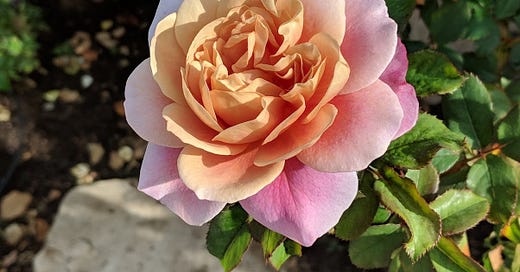




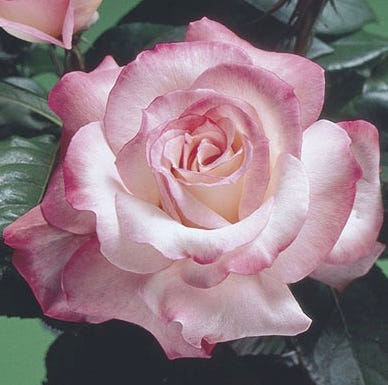
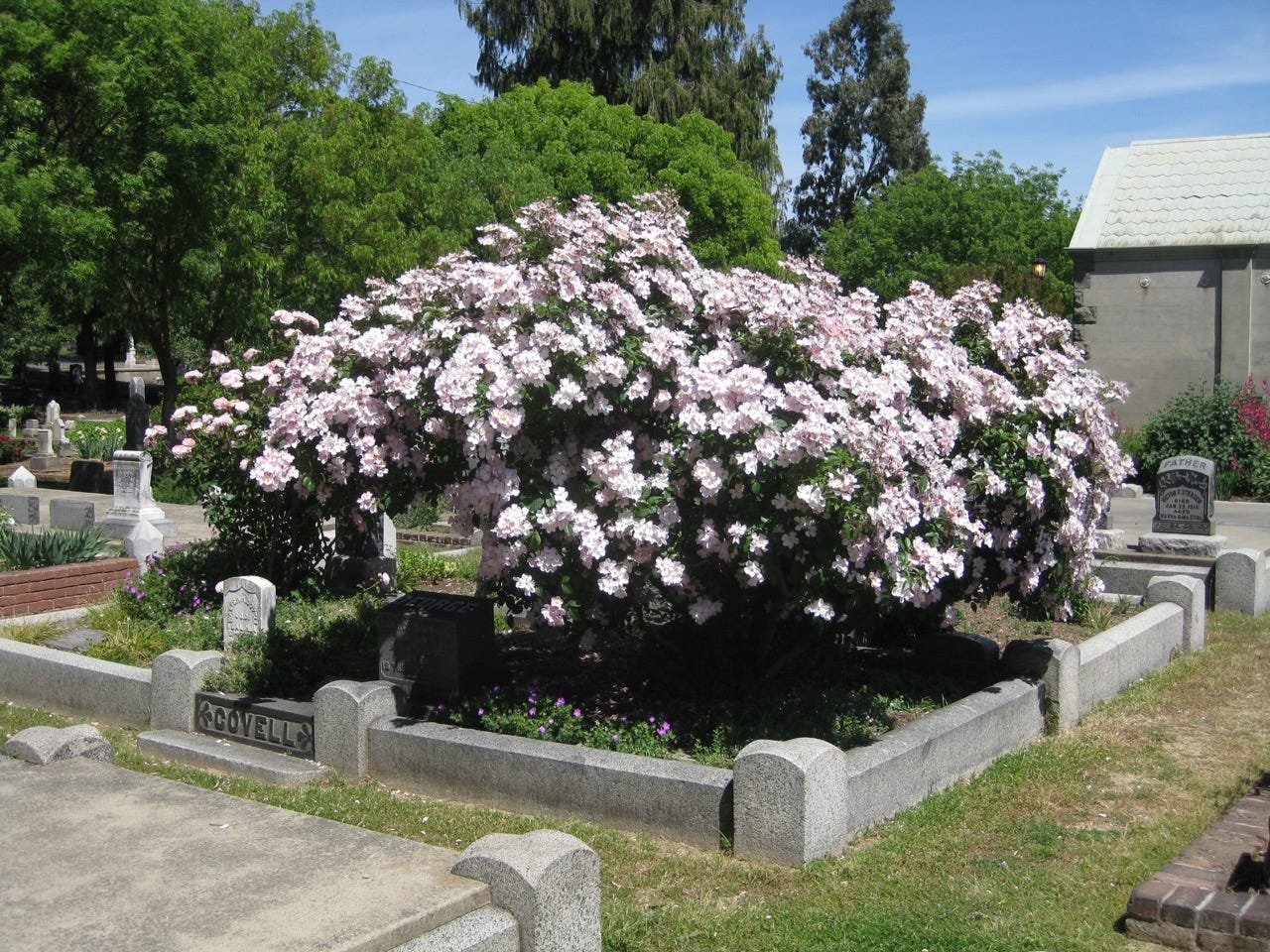
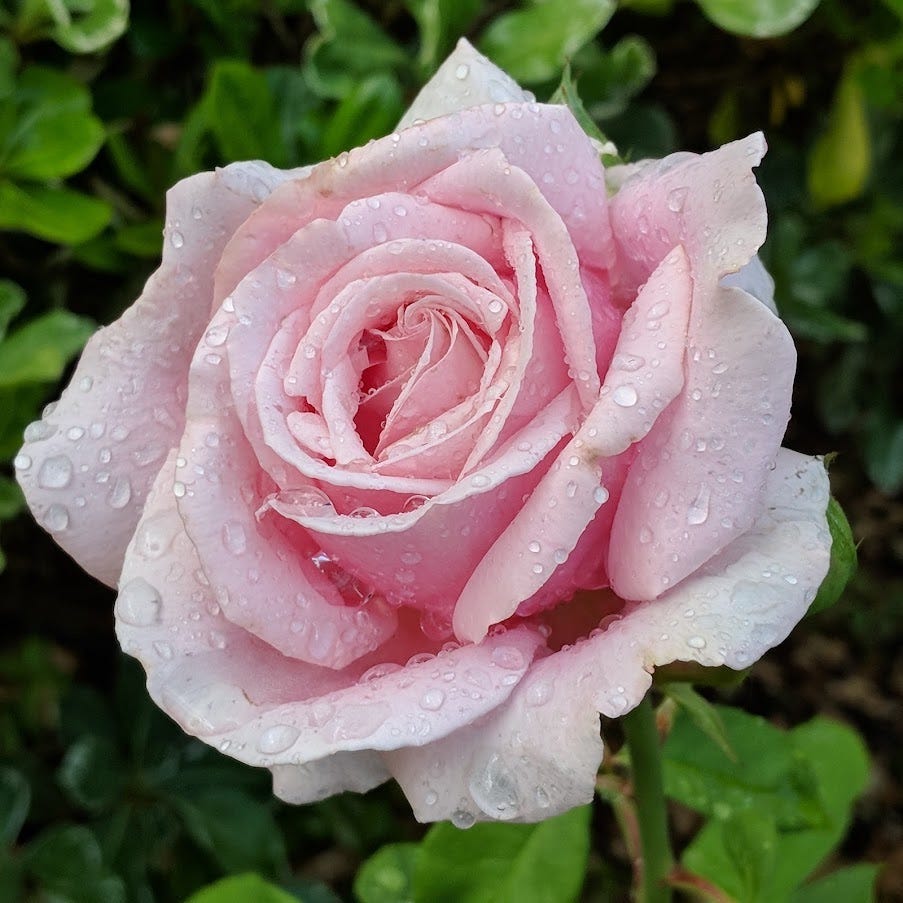

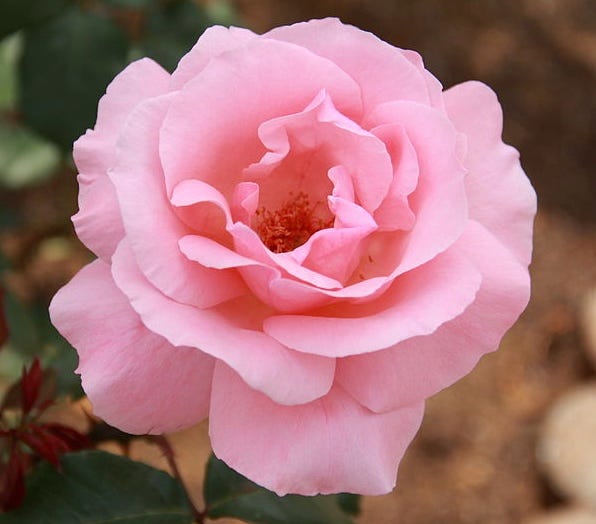

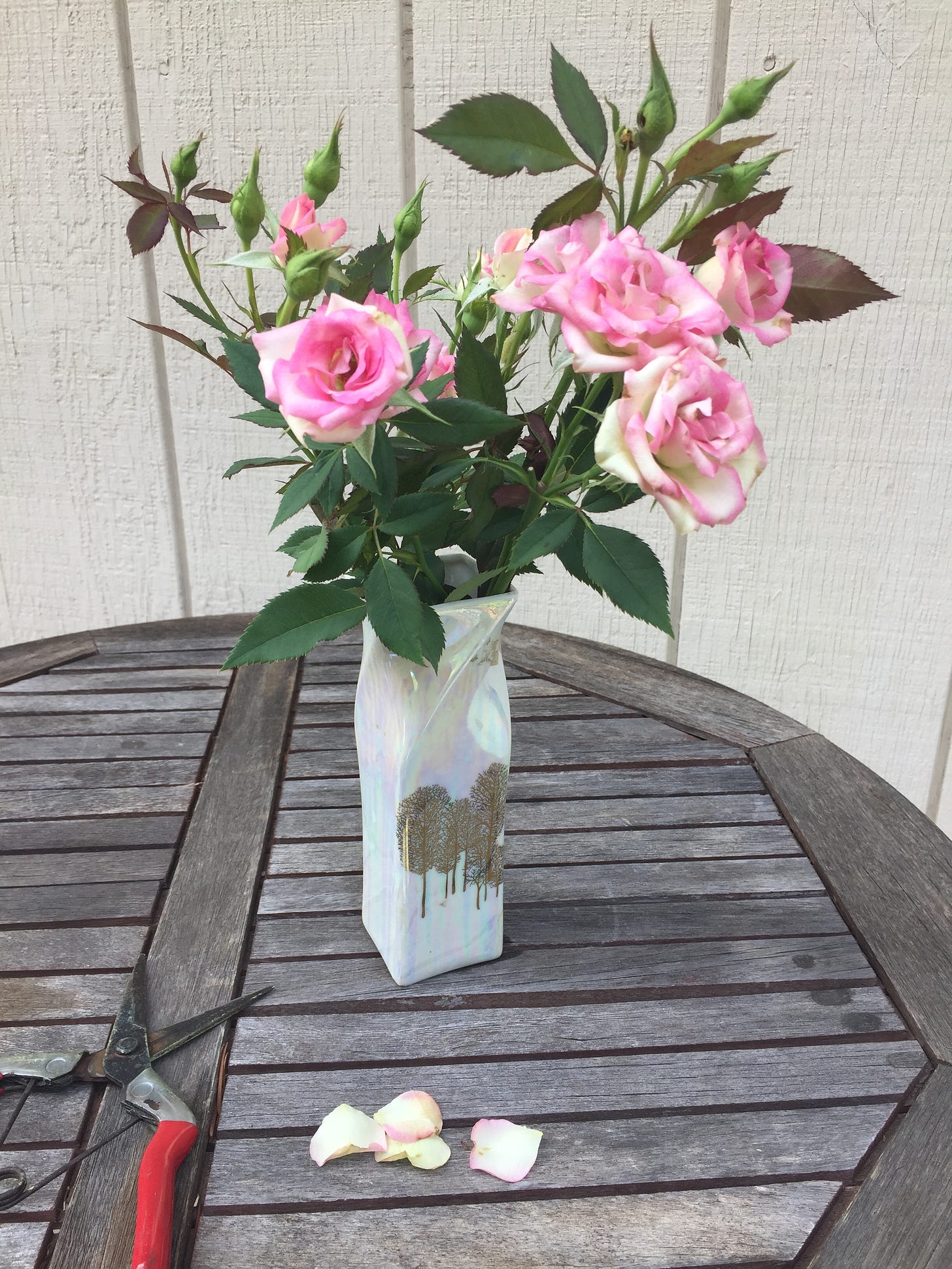
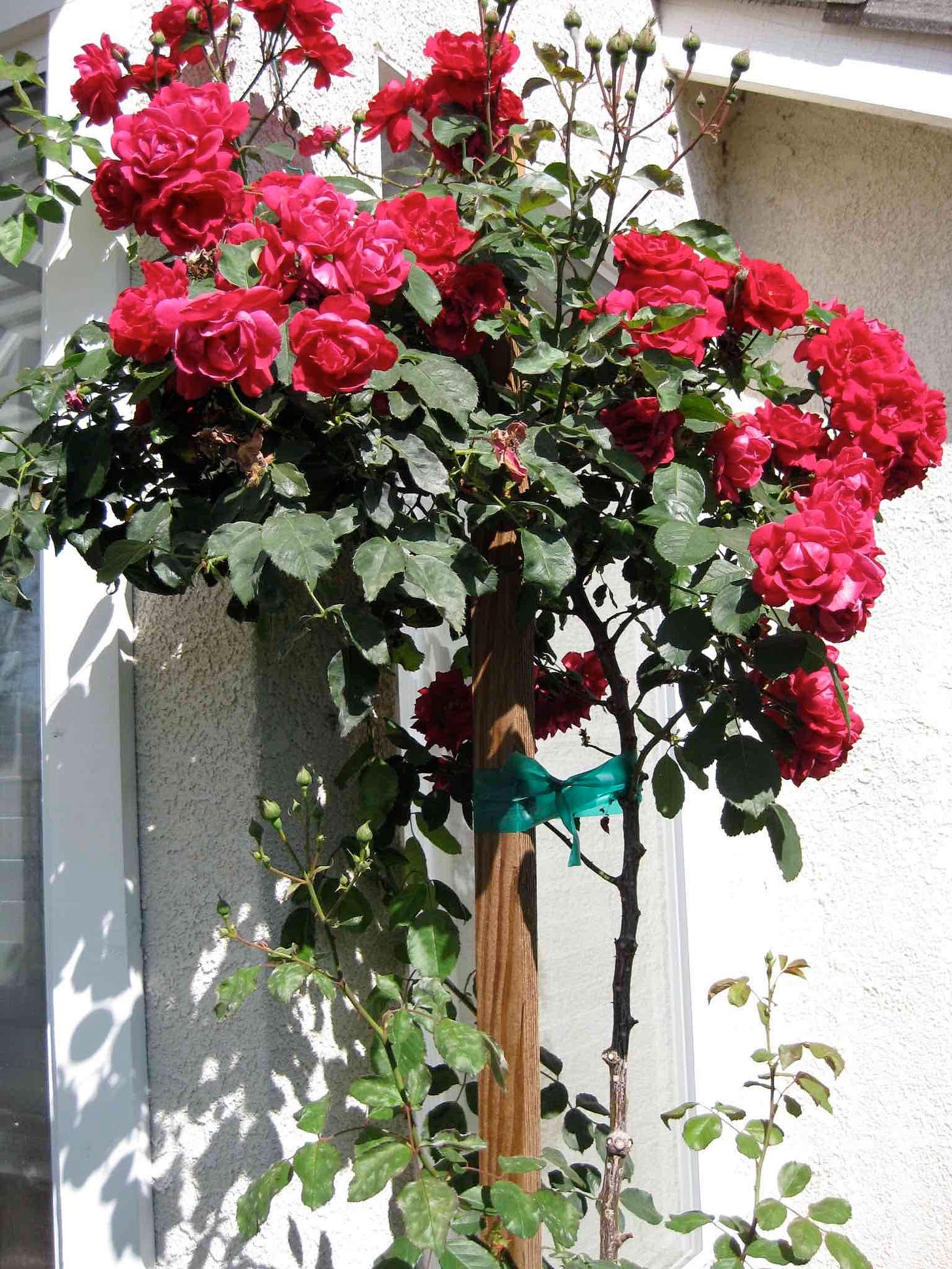
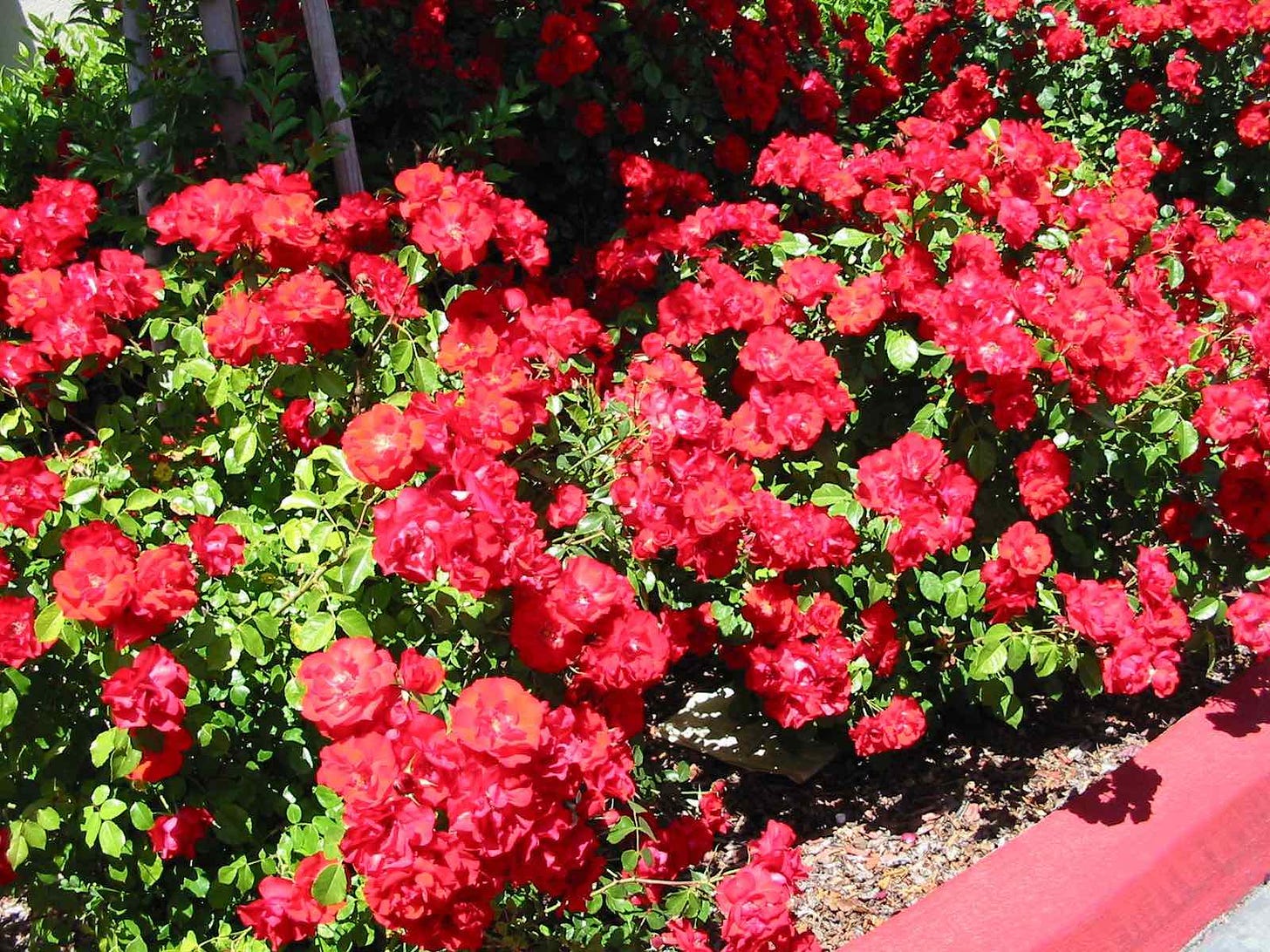

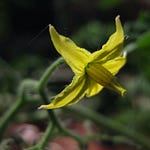




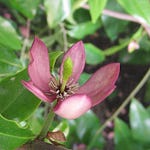

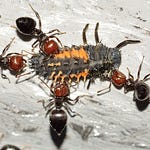
Share this post